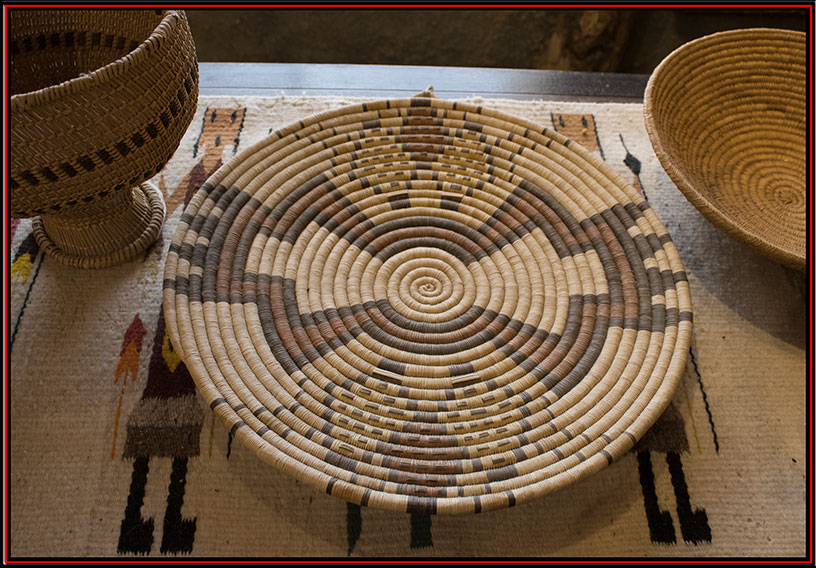Upcoming Events...
First Up Is...
The American Rock Art Research Association
A.R.A.R.A. Conference May 22, 2025
New pages coming soon.

The Event consists of a "Rock Art Recording Workshop" The "Forms" and "Submit" operators (section)of these pages are temporarily "Out-Of-Service"
The links to the events are below. Here's the link to the "American Rock Art Research Association" website...Click Here! - A.R.A.R.A.'S Home Page
Exeter Rocky Hill (Archaeological Conservancy) (CA-TUL-83): F5/M5/T5 Site Description: If a place in Tulare County could be chosen as the quintessential site of the Foothill Yokuts, Exeter Rocky Hill would be a prime candidate. This Tulare County site lies at the edge of the foothills of the Sierra Nevada Mountains in the central valley of California. Exeter Rocky Hill, a prominent feature on the landscape, is a jumble of large granite boulders dotted with oak trees, creating a sharp contrast with the smooth grassy hills on each flank. The Yokod or Yokol (“d” and “l” sounds are interchangeable in their dialect) were the subtribe of Yokuts people who inhabited the foothill area west and south of the Kaweah River from Limekiln Creek, east of Lemon Cove, along the foothills to about present-day Lindsay. Their head village was on the south bank of the Kaweah River five miles north of Exeter. The Yokohl Valley, which Latta (1977,21,396) describes as “an unbroken seed producing area,” was named after the group that lived there. The Yokado called Exeter Rocky Hill Chahka Shahnau or Live Oak Place. There were good springs at four sites although there were temporary camps elsewhere around the hill. Badger Hill, the ridge north of Rocky Hill, now a gated subdivision, was known as Hawshau Shido or Paint Place. The Yokodo mined the white paint which they used in their paintings and traded with other Yokuts tribes. Rocky Hill was among the earliest recorded rock art sites in California. H. W. Turner wrote the first report in 1891, describing the pictographs at Rocky Point, the quarry site on the North side of the hill. Stewart recorded the site on Captain Thew’s property in 1929, calling it Echo Cove. The site is now owned by The Archaeological Conservancy. Campbell Grant considered the most interesting Yokuts sites to be on Exeter Rocky Hill with what he characterized as the split-head anthropomorph the dominant motif of the area. Indeed, it is more commonly rendered and in more variations at Tulare 83 than at any other site. The pictographs are painted in shades of red, black and white. Variants of the human figure or anthropomorphs, zoomorphs and abstracts are all present in abundance. The tour begins on relatively level ground, but eventually visitors will be led higher up into the boulder field in their quest to visit these incredible rock art displays. The walking distances are short, but in some places steep, with rocks to be maneuvered over and around. Difficulty: Strenuous
Rocky Hill (Gill) (CA-TUL-26): F7/M7/T7 Site Description: See the description for Trip 6 above for information on Exeter Rocky Hill. Tulare 26 and Tulare 83 are less than a mile apart over a ridge. This is a large polychrome pictograph rock shelter with several other nearby decorated panels, The main shelter has dozens of images of all sorts of animals and various depictions of humans and abstract figures. There are numerous bed rock mortars as well as a slide, cupules, a basket shaped rock and a prominent split rock slide, and another rock shelter. The site has some boulders suggestive of genitalia of both sexes. There are cupules on the rock suggestively female and nearby is a panel including small, delicate handprints. Difficulty: Easy to Moderate, 1/3 mile walk up a slope on a ranch road. About 100 to 150 foot elevation change.